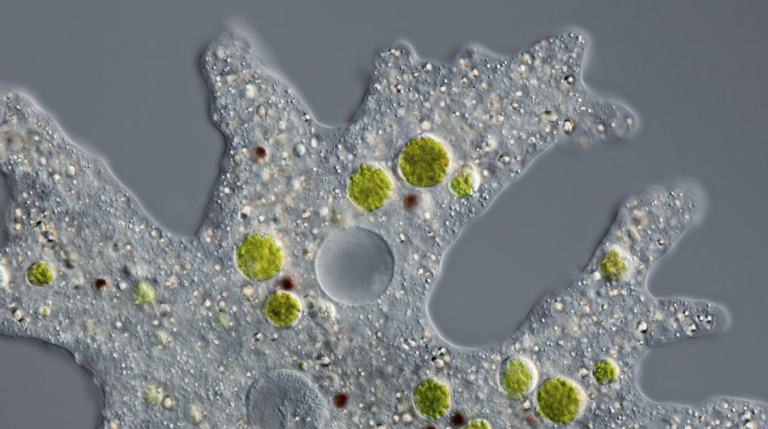Amnios: A Deep Dive into the Vital Component of Embryonic Development

The term Amnios, derived from the Greek word meaning ‘bowl’, symbolizes one of the key components of mammalian embryogenesis.
The Ecology and Environment section contains articles about the interactions between living organisms and their physical and biological environment.
These topics are analyzed through the principles of ecology, the science that studies the distribution, abundance, and relationships between species and ecosystems.
Among the topics covered in this section:
The aim is to provide a scientific understanding of ecological interdependencies and mechanisms that regulate the functioning of natural and human-made ecosystems.

The term Amnios, derived from the Greek word meaning ‘bowl’, symbolizes one of the key components of mammalian embryogenesis.

Introduction Amebas, also spelled amoebas, are a group of single-celled organisms belonging to the domain Eukarya, which are characterized by their unique ability to change shape. This is due to the absence of a hard outer shell, allowing the organism…

The allantois is an essential structure in vertebrate development, playing a vital role in waste storage and gas exchange. It is a sac-like structure that forms as an outgrowth of the embryo’s digestive tract, and is a part of the…

Introduction Brown algae, scientifically known as Phaeophyceae, is a large group of multicellular algae that include many seaweeds found in colder waters in the Northern Hemisphere. With over 1,500 species, they form one of the most diverse groups of algae…

Introduction Algae, plural for “alga”, is a diverse range of photosynthetic organisms that inhabit a multitude of environments, from the sea depths to freshwater bodies, even dwelling in soil, rocks, and ice. Although often considered primitive plants, algae lack the…

Aflatoxins are potent carcinogenic substances produced by certain molds, specifically Aspergillus flavus and Aspergillus parasiticus. These toxins present serious health risks to both humans and animals and are a significant concern in agriculture and food safety. This article provides an…